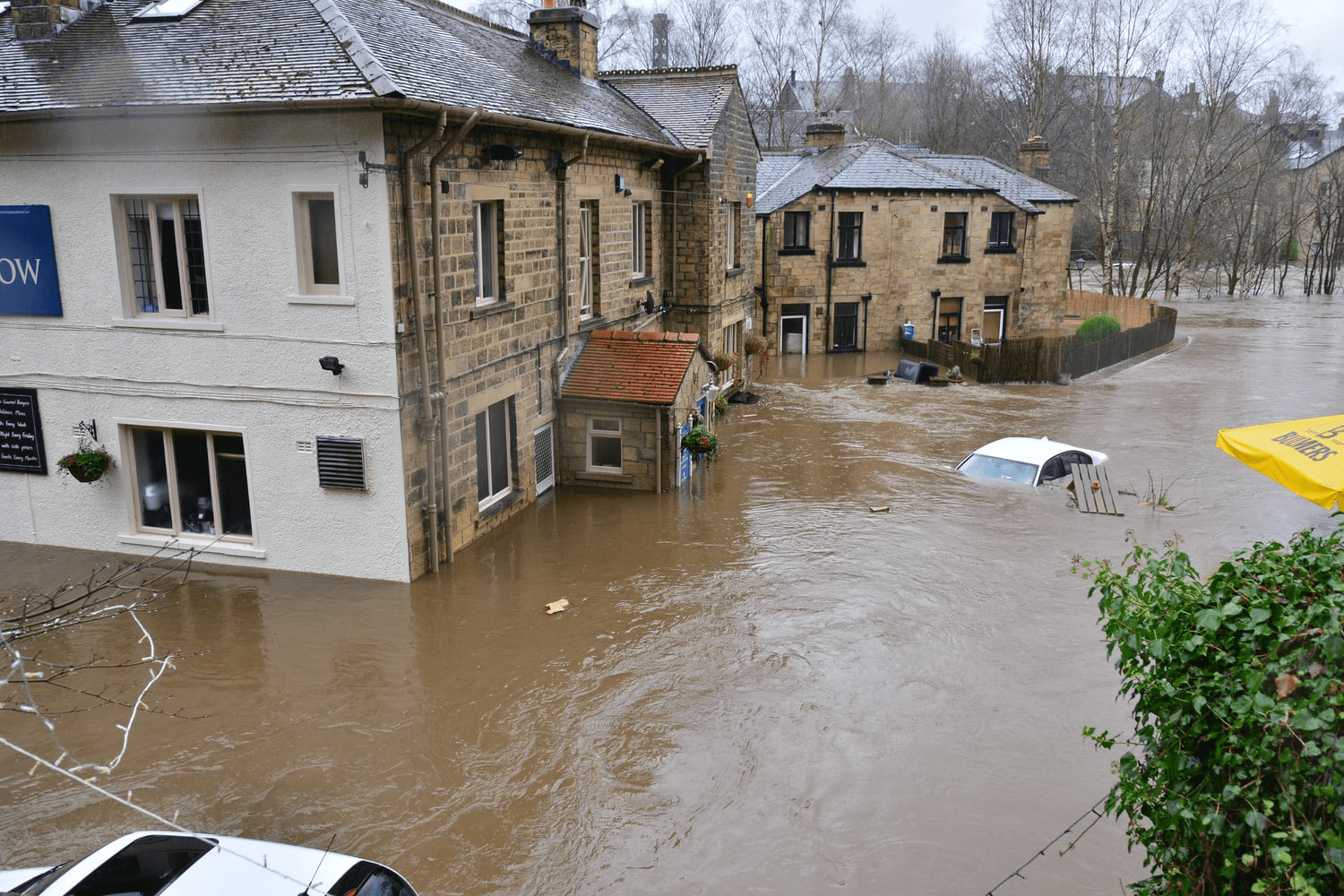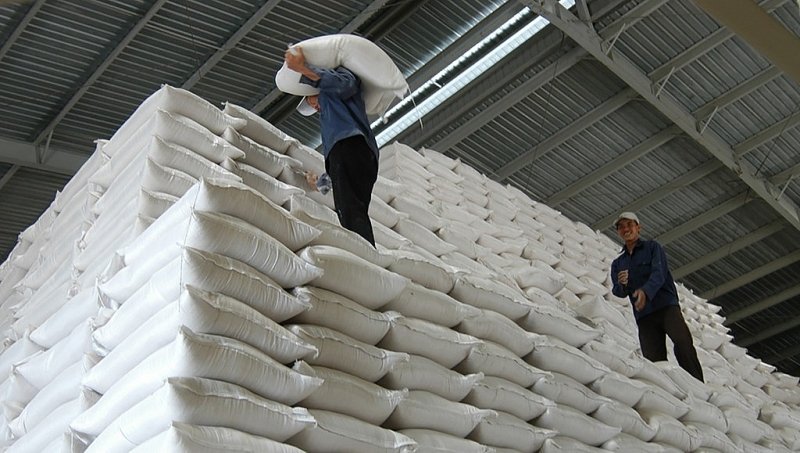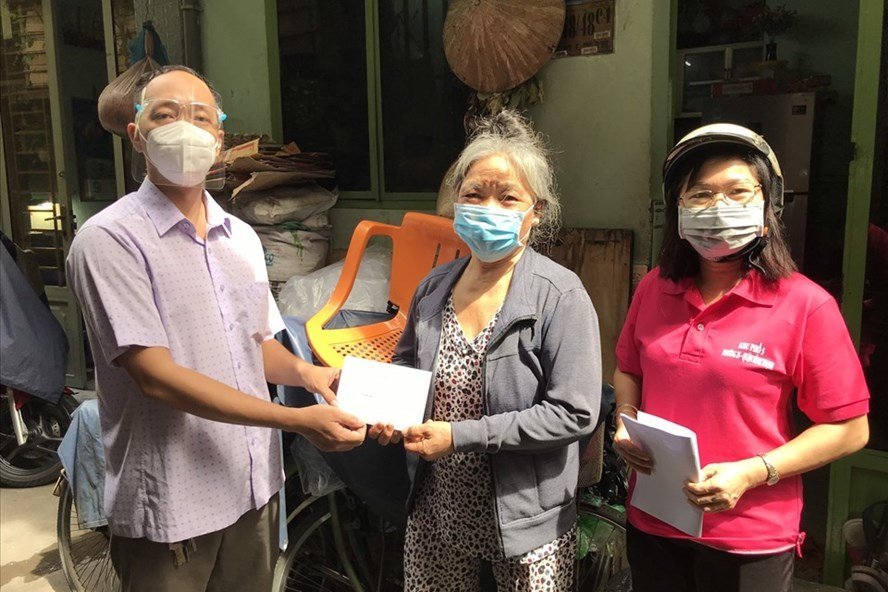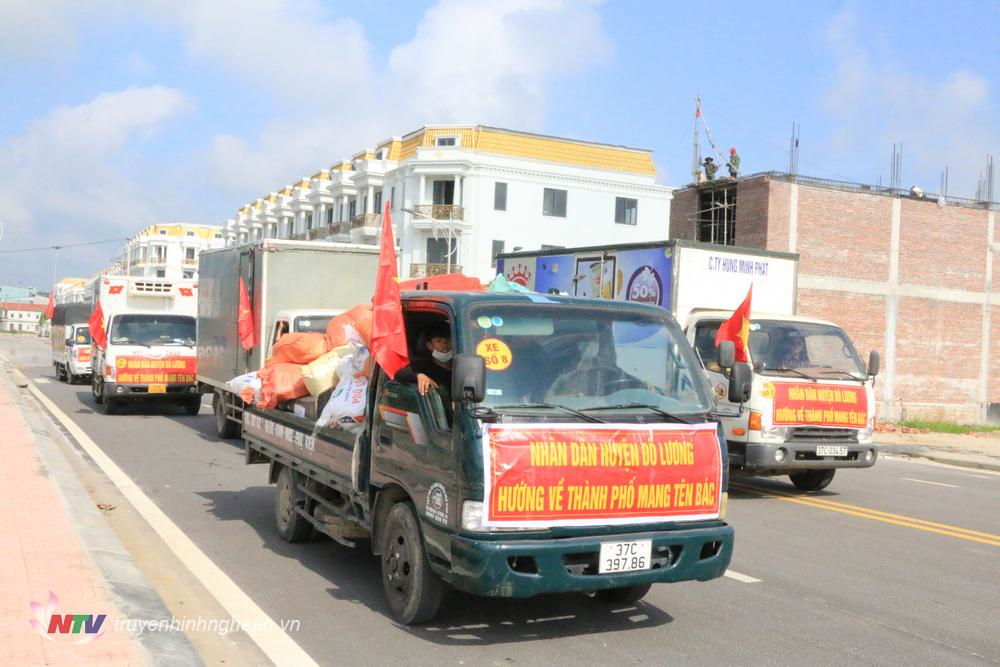HIGHLIGHT
- Humanitarian logistics is the process of effectively planning, implementing, and controlling the flow of goods and information from the point of origin to the point of consumption, to reduce pain and loss. of citizens affected by natural disasters, storms, floods, and epidemics.
- Delivering the “right product” in “right quantity” to the “right people” at the “right time” is the aim of both humanitarian and commercial supply chains.
- The pandemic is proving that the preparation of humanitarian logistics is inadequate and lacks standardization among many regions of the world.
- The home delivery model is being widely adopted, instead of the centralized distribution model we often see in disaster events.
FULL ARTICLE
What is a humanitarian supply chain?
Along with the booming of “new technology” or “economic miracle”, the phrase “natural disaster” or “pandemic” is ubiquitously-appearing, as a convincing proof that people are priced-paid for nature. These catastrophic events overwhelming the local response capacity is threatening human life. In such a situation, the humanitarian supply chain plays a critical importance in protecting affected citizens.

In the year of 2005, Thomas and Kopczak provided a comprehensive definition of humanitarian logistics as “the process of planning, implementing and controlling the efficient, cost-effective flow and storage of goods and materials, as well as related information, from the point of origin to the point of consumption for the purpose of alleviating the suffering of vulnerable people”.
Hence, providing aid to vulnerable people is at the core of humanitarian supply chain management. It strives to mitigate the suffering of vulnerable people to the greatest extent possible.

Unknown, unforeseeable and uncertainty
Providing the “right materials” in the “right quantity” to the “right people” at the “right time” is the intention of both humanitarian and commercial supply chains. However, compared with the commercial supply chain, the humanitarian supply chain faces more challenges and unknown events.
Firstly, let’s take a look at supply, relief items, personnel or volunteers and transportation and construction resources, among others are key supplies in the humanitarian supply chain. The very challenging factor is the origin of these relief supplies, in-kind donations sources. This sourcing network is huge and complicated with numerous players, namely donors, NGOs, government and so on. Besides, the quantity of suppliers is always unknown, leading to the uncertainty of what and how many is going to be received. Moreover, unsuitable and outburst donations, especially individual donors, cause bottlenecks in the supply chain, making storage and transportation processes more inefficient and costly.

Next, the demand pattern. With humanitarian logistics, the demand is much more unpredictable. The demand and needs change significantly according to disaster types and phrases in the disaster timeline. Consequently, the need cannot be planned, the size and timing also can vary wildly. Moreover, disaster demand forecasting is also challenging due to the lack of historical data. Even when there are some databases from past experiences, they are occasionally inadequate because of inconsistent or insufficient data collection and reporting problems. Hence, historical data have no beneficial use in predicting future demand of sudden events.

So far as is known that the supply chain is responsible for linking the sources of supply to the owner of demand. With unique characteristics of demand and supply, coordinating and management in the humanitarian supply chain is really problematic. Besides, other main challenges affecting humanitarian supply chains are the lack of resources, poor infrastructure, and high dependency on donor funding.

Humanitarian supply chains focus on saving lives and on responding to disasters and emergencies, and are therefore geared toward dealing with turbulence, uncertainties, and complex dynamic environments.
Humanitarian logistics in the pandemic
Humanitarian organizations operate in peculiar complex environments. The humanitarian pandemic context arguably differs from the one of natural disaster. In pandemics, measures such as social distance and self-isolating are enforced by countries around the world with an attempt to lower the spread of pandemic. However, the population’s supply of essential goods, especially food, must be maintained at all times. In this case commercial supply chains are not able to ensure smooth distribution, public authorities must intervene as part of their general duties. In this way, pandemics differ from other disasters such as earthquakes that require an immediate supply of relief goods with short response times and durations. The long-term nature of pandemics requires a stable food supply for several weeks or months.

Facing the “black swan” event like Covid-19 pandemic, the global humanitarian supply chain has been experiencing unprecedented difficulties. Take preparedness as an example, although the humanitarian sector usually pre-positions relief items at strategic locations worldwide to be able to respond to humanitarian crises, the humanitarian supply chain manager was also quietly disorientated. The surge in demand for essentials around the world overwhelmed the preparedness stock. Moreover, the Covid-19 pandemic exposed a lack of global standards in medical supply chains.

Protecting the vulnerable – Home deliveries of essentials supply
As far as we all know, food commonly reaches the population via multiple channels, among which the traditional distribution via grocery stores is paramount. However, not every country is allowed to go shopping these days, especially vulnerable people. Hence, home deliveries are widely applied, instead of central distribution in the event of a natural disaster.

This method helps ensure vulnerable people, who are jobless or famine, safely live through the pandemic. Home deliveries require points of distribution within walking distance and home. Supply chain managers also face problems of routing to protect affected-population. Besides, fleet management is quite challenging when different sizes and types of trucks are used.

The fourth wave of the pandemic in Vietnam broke out in Ho Chi Minh city, the largest population of Vietnam with a marked increase in positive cases. Sudden lockdown has caused many citizens to become famine. With a large number of vegetables and rice trucks from the North and Central provinces has been flowing to Ho Chi Minh City simultaneously. These essential supplies then are distributed to every household in lockdown areas. This certainly put a strong pressure on distribution capacity of volunteer teams in Ho Chi Minh city. Additionally, these voluntary distribution teams are responsible for handing out meals, centrally cooked, to police or volunteers in the checking points on a daily basis.

These distributing activities require a lot of money and labour. After all, affected-citizens have received in-time and generous support in order to live through the pandemic.
Huyen Tran
FURTHER READING













